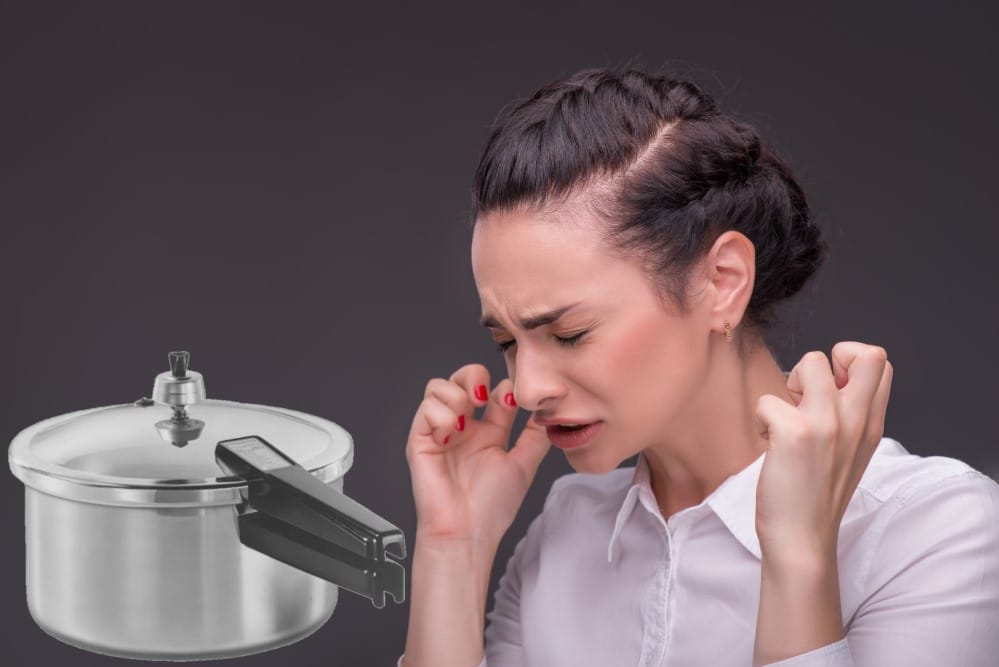
Presto pressure cookers are a go-to choice for thousands of people all over the world. Although quite durable, many problems can crop up over time, and when they do, they can kill all the fun. Many users have reported that the pressure in the Presto pressure cookers is low at times.
Similarly, there have been complaints regarding the seals of these pressure cookers as well. These are common problems associated with Presto pressure cookers. If you find yourself in a similar situation, you have landed in the right place.
In this troubleshooting guide, we will be discussing these problems in detail. We will also share their potential fixes so you’d know how to deal with them. Let’s dig out!
Presto Pressure Cooker Not Building Pressure And Not Sealing Up
Not Sealing Up
Presto pressure cooker not sealing up? Here are a few workarounds.
- Gaskets
Presto pressure cookers use gaskets that create a seal around the opening. It keeps the steam and heat inside the pressure cooker while cooking, thus helping the pressure cooker achieve the right pressure. Of course, if steam and heat manage to escape, your food will take longer to cook.
A properly working gasket ensures that it doesn’t happen. Since the gaskets of the Presto pressure cookers are made from silicone or rubber, they can expand under high temperatures. Besides, oil can also accumulate on it, and when it does, the gasket may go loose.
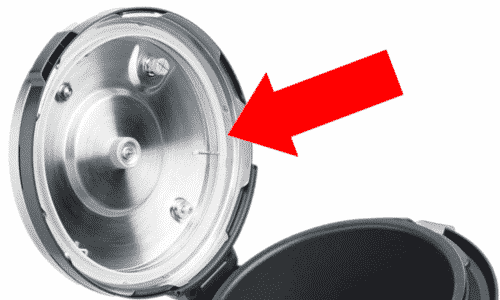
If the rubber gasket of your Presto pressure cooker has worn out, replacing it will fix the problem. If you do not know how to do it, follow the steps mentioned below.
- Replacing a Gasket
First, get a new gasket from your nearby store. Gaskets come in different sizes, so make sure to buy the right size that will fit your pressure cooker. It would be a good idea to measure your pressure cooker’s diameter before purchasing it.
Once you have purchased a replacement, remove the worn-out gasket. If it is loose, it will likely come off easily. However, if it doesn’t, consider using a screwdriver or some other similar tool.
- Overpressure Plug
The kit also includes an overpressure plug. This plug releases the pressure if the vent is blocked. When replacing the gasket, take a look at the plug as well, and make sure it is in good condition. If it’s not, consider replacing it too.
Now that you have removed the old gasket and plug, thoroughly clean the lid of your Presto pressure cooker. Dust particles and debris can get stuck in the area where the gasket lives. So, use a damp cloth and get rid of those particles.
If the new gasket feels hard, soak it in hot water to soften it. This will help you install it easily. Now, simply push it in to install it. The lid of the Presto pressure cooker has inside rims where it slides in easily. Once done, install the overpressure plug from the underside of the lid.
- Cleaning the Gasket
Make sure to clean the gasket every now and then to extend its lifespan. While cleaning your Presto pressure cooker, do not wash the gasket with dish soap. Dish soaps contain chemicals that can damage your gasket. To clean the gasket, put it in a solution of water and soap.
This will help it retain its sealing power. If you notice that the gasket has developed an unpleasant odor, putting it in vinegar will eliminate it. For this purpose, make a solution of 1 cup of water and a half cup of vinegar.
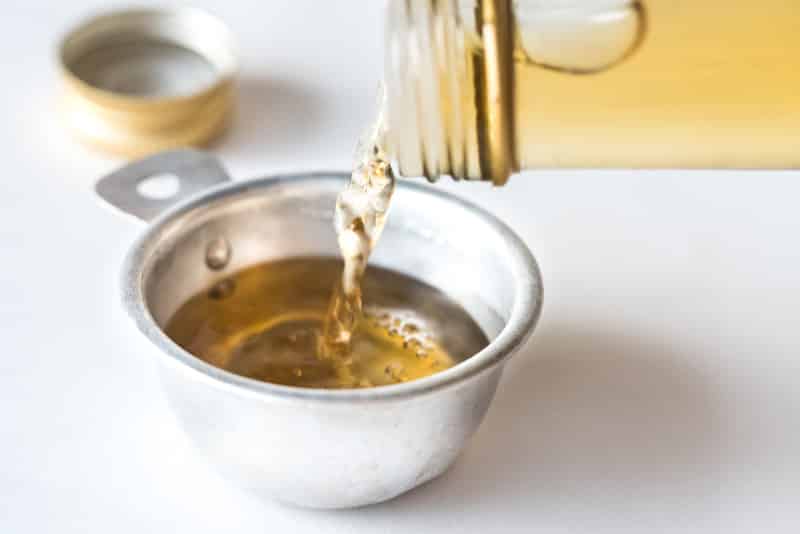
- Steam Release Valve
As the name implies, the steam release valve releases the steam in case of high pressure inside your Presto pressure cooker. If there is something wrong with the pressure, you may have problems with the sealing.
So, inspect the steam release valve for any signs of damage. If it is damaged, get it replaced to resolve the issue.
- Cleanliness and Temperature
If the gasket and steam release valve are fine, the chances are that your Presto pressure cooker is dirty. Food particles and dust can lodge near the sealing ring and valve, so consider cleaning your pressure cooker regularly.
Moreover, if the temperature is too high, your Presto pressure cooker may not seal up. If so, turn off the heat and let the pressure cooker cool down. Once it comes to a normal temperature, it will likely seal properly.
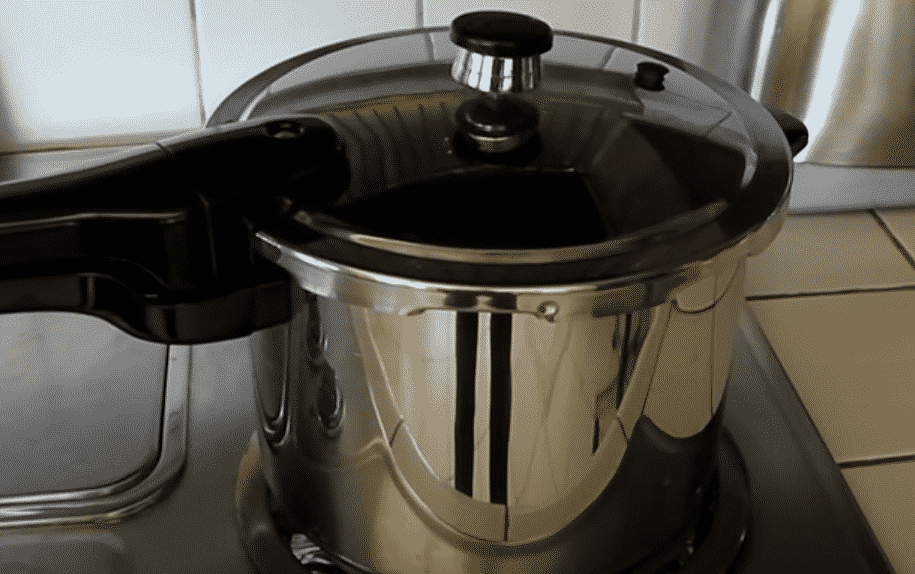
Pressure Not Building Up
Below are some reasons and solutions to try if your Presto pressure cooker is not building up pressure.
- Improper Closure
Sometimes, your problem could be as simple as improper closure. So, start by making sure that the lid is put on appropriately. This issue usually occurs when the sealing ring is weak. So, examine the sealing ring of your Presto pressure cooker, and if found the culprit, replace it.
- Insufficient Liquid
The Presto pressure cooker uses liquid to build up the pressure. Therefore, if the liquid is too thick, the pressure cooker won’t be able to create the required pressure. Simply remove the lid and add more liquid.
Both water and broth will work fine. Apart from these two, you can also add tomato sauce, soy sauce, vinegar, etc. Once you have added some liquid, the steam will circulate better, leading to better pressure inside the pressure cooker.
- Improper Heat Level
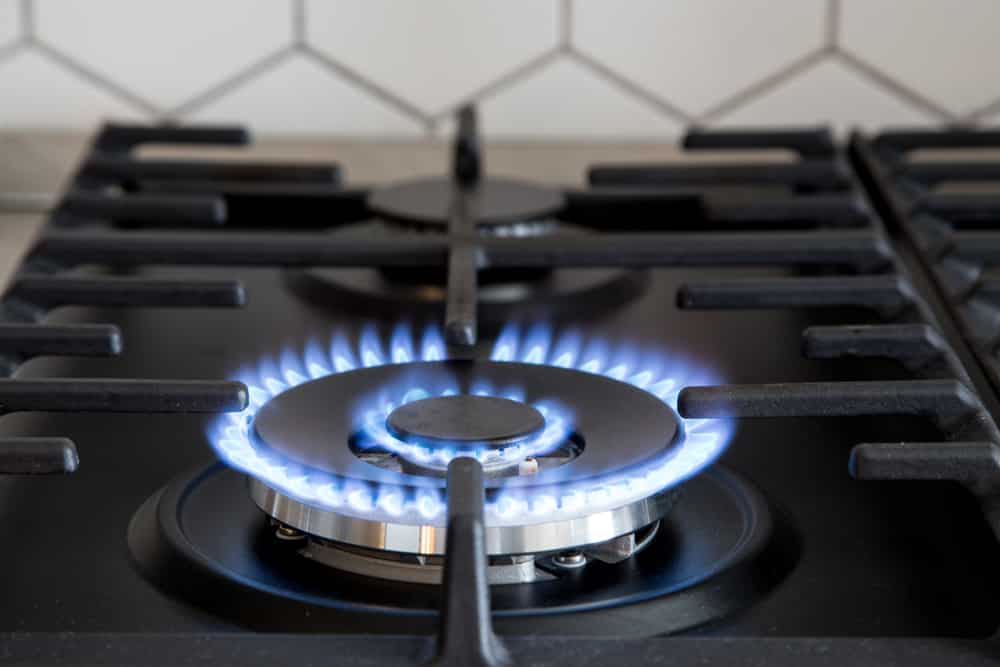
The incorrect heat level is another reason why your Presto pressure cooker may not build up the right pressure sometimes. While low heat means the water won’t evaporate, high heat may cause the food to stick to the bottom of the pot.
Either way, your pressure cooker won’t have the right temperature. So, check the heat level and make the necessary adjustments. Having said that, it is important to note that some recipes require a specific heat level. If so, don’t change it.
- Dirty Pressure Valve
A dirty pressure valve can also be the cause of this problem. If food particles have stuck inside the valve, clean it immediately to fix this problem. Make a solution of water and vinegar and put the pressure valve in it for a few minutes.
- Overfilling
In some cases, users faced this problem when they overfilled the Presto pressure cooker. It is advised to keep the food under ⅔ of its overall capacity, or else the pressure cooker may not build up the temperature properly.
The Bottom Line
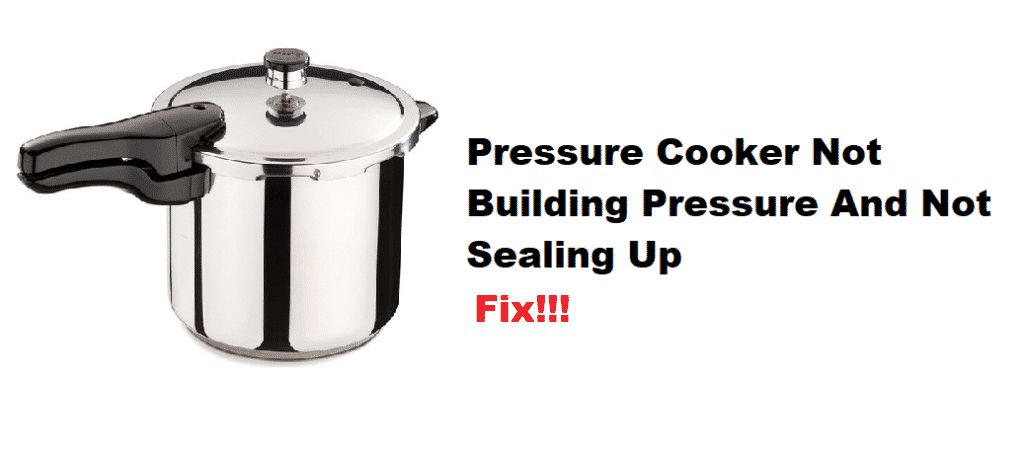
Presto pressure cookers are known for their high durability. However, they can also show a few problems over time. If your pressure cooker is not sealing appropriately, make sure that the gasket is in proper working condition.
The problem could also be with the steam release valve. If the pressure cooker is not creating the right pressure, consider adding more liquid.
